Jade plants, also known as Crassula ovata, are popular houseplants that are cherished for their beauty and symbolism. These plants are native to South Africa and Mozambique and are part of the succulent family. They are characterized by their thick, fleshy leaves and woody stems. Jade plants have become a symbol of life and prosperity due to their ability to thrive in various conditions and their association with good luck.
Jade plants have gained popularity as houseplants for several reasons. Firstly, they are relatively easy to care for, making them suitable for both experienced and novice gardeners. They can tolerate a wide range of light conditions, from bright indirect light to low light, making them adaptable to different indoor environments. Additionally, jade plants have a slow growth rate, which means they do not require frequent repotting or pruning. This makes them an ideal choice for those who want a low-maintenance plant that can still bring beauty and life into their homes.
Origins of Jade Plants and Their Significance in Various Cultures
Jade plants have a rich history and cultural significance in various parts of the world. They are believed to have originated in South Africa and Mozambique, where they grow naturally in rocky areas and on cliffs. In these regions, jade plants are considered symbols of good luck and prosperity.
In Chinese culture, jade plants are known as “money trees” or “lucky plants.” They are often given as gifts during the Chinese New Year or other celebrations to bring good fortune and wealth to the recipient. The round leaves of the jade plant are said to resemble coins, further reinforcing their association with prosperity.
In Feng Shui, an ancient Chinese practice of harmonizing energy in the environment, jade plants are believed to attract positive energy and bring good luck. Placing a jade plant near the entrance of a home or office is said to invite wealth and abundance into the space.
Understanding the Physical Characteristics of Jade Plants
Jade plants are known for their unique physical characteristics. They have thick, fleshy leaves that are typically a vibrant green color, although some varieties may have variegated or reddish leaves. The leaves are oval-shaped and can grow up to two inches long. The stems of jade plants are woody and can become thick and gnarled with age.
Jade plants have a slow growth rate and can reach a height of three feet or more when fully mature. They are considered long-lived plants and can live for several decades with proper care. As they grow, jade plants develop a tree-like appearance, with a thick trunk and branches that spread outwards.
The Spiritual and Symbolic Meaning of Jade Plants
Jade plants hold spiritual and symbolic meaning in many cultures. In addition to their association with prosperity and good luck, they are also believed to bring harmony and balance to the environment.
In Chinese culture, jade is considered a sacred stone that represents purity, wisdom, and tranquility. The green color of jade is associated with growth and renewal, making it a symbol of life and vitality. Jade plants are believed to embody these qualities and bring positive energy into the space where they are placed.
In Feng Shui, jade plants are often used to enhance the flow of energy, or “chi,” in a space. They are believed to absorb negative energy and promote positive energy, creating a harmonious environment. Placing a jade plant in the wealth corner of a home or office is said to attract abundance and prosperity.
Caring for Your Jade Plant: Tips and Tricks for Optimal Growth
To ensure optimal growth and health for your jade plant, it is important to provide it with the right growing conditions. Jade plants thrive in bright indirect light, so placing them near a window where they can receive filtered sunlight is ideal. However, they can also tolerate low light conditions, making them suitable for offices or rooms with limited natural light.
When it comes to watering, jade plants prefer to be slightly dry between waterings. Overwatering can lead to root rot and other issues, so it is important to allow the soil to dry out before watering again. It is best to water jade plants thoroughly and then allow the excess water to drain out of the pot. Avoid letting the plant sit in standing water, as this can also cause root rot.
Fertilizing jade plants is not necessary during the winter months when they are in a dormant phase. However, during the growing season (spring and summer), you can fertilize your jade plant with a balanced houseplant fertilizer every two to four weeks. Be sure to follow the instructions on the fertilizer packaging for proper application.
Pruning is not typically necessary for jade plants, but you can trim back any leggy or overgrown branches to maintain a more compact shape. It is best to prune in the spring or early summer when the plant is actively growing.
Propagating Jade Plants: Methods and Techniques for Successful Reproduction

Propagating jade plants is relatively easy and can be done through various methods. One of the most common ways to propagate jade plants is through stem cuttings. To do this, simply take a cutting from a healthy branch of the plant and allow it to dry out for a few days. Once the cut end has calloused over, you can place it in a well-draining potting mix and water sparingly until roots develop.
Another method of propagation is through leaf cuttings. Simply remove a healthy leaf from the plant and allow it to dry out for a few days. Once calloused, place the leaf on top of a well-draining potting mix and lightly press it into the soil. Water sparingly and wait for new plantlets to emerge from the base of the leaf.
Jade plants can also be propagated through division. This method involves separating the plant into smaller sections, each with its own root system. To do this, carefully remove the plant from its pot and gently separate the roots and stems. Plant each section in its own pot with fresh potting mix and water thoroughly.
Common Diseases and Pests that Affect Jade Plants and How to Treat Them
While jade plants are generally hardy and resistant to pests and diseases, there are a few issues that can affect them. One common problem is overwatering, which can lead to root rot. To prevent this, be sure to allow the soil to dry out between waterings and avoid letting the plant sit in standing water.
Another issue that can affect jade plants is mealybugs. These small, white insects can infest the leaves and stems of the plant, causing damage and stunting growth. To treat mealybugs, you can use a cotton swab dipped in rubbing alcohol to remove them from the plant. Alternatively, you can use an insecticidal soap or neem oil spray to control the infestation.
Jade plants are also susceptible to fungal diseases such as powdery mildew and root rot. To prevent these issues, it is important to provide good air circulation around the plant and avoid overwatering. If you notice signs of fungal disease, such as white powdery spots on the leaves or wilting stems, you can treat the plant with a fungicide according to the instructions on the packaging.
Creative Uses for Jade Plants in Home Decor and Landscaping
Jade plants can be incorporated into home decor in various creative ways. Their unique appearance and vibrant green color make them a beautiful addition to any room. You can place a small jade plant on a windowsill or shelf, or use a larger specimen as a focal point in a room. Jade plants also make great additions to terrariums or hanging planters.
In landscaping, jade plants can be used to create a striking focal point or as part of a succulent garden. Their ability to tolerate drought and their low maintenance requirements make them ideal for xeriscaping or areas with limited water availability. Jade plants can be planted in the ground or in containers, depending on your preference and the climate in your area.
The Role of Jade Plants in Feng Shui and Bringing Good Luck
In Feng Shui, jade plants are highly regarded for their ability to attract positive energy and bring good luck. They are often placed near the entrance of a home or office to invite wealth and abundance into the space. The round leaves of the jade plant are said to resemble coins, symbolizing prosperity and financial success.
To enhance the Feng Shui energy of a jade plant, it is recommended to place it in the wealth corner of a room or home. This is the far left corner from the entrance when standing at the doorway looking into the room. Placing a jade plant in this area is believed to activate the energy of abundance and attract financial opportunities.
Embracing the Symbolism and Beauty of Jade Plants in Your Life
Jade plants are not only beautiful houseplants but also symbols of life, prosperity, and good luck. Their ability to thrive in various conditions and their association with positive energy make them a popular choice for both experienced and novice gardeners.
By incorporating jade plants into your home decor or landscaping, you can bring beauty and symbolism into your life. Whether you choose to place a small jade plant on your windowsill or create a lush succulent garden, these plants are sure to bring joy and positive energy into your space.
So why not embrace the symbolism and beauty of jade plants in your life? Whether you are looking to attract wealth and abundance or simply want to add a touch of greenery to your home, jade plants are a perfect choice. With their easy care requirements and long lifespan, they are sure to bring years of beauty and prosperity to your life.
If you’re interested in exploring the symbolic meanings behind plants, you might also enjoy reading about angel numbers and their divine messages. Angel numbers are believed to be messages from the spiritual realm, guiding us towards a more fulfilling and prosperous life. In this related article, “Discover the Meaning and Significance of My Angel Numbers for Guidance,” you can learn more about how angel numbers can provide insight and support on your personal journey. Read more here.
FAQs
What are Jade Plants?
Jade Plants are succulent plants that belong to the Crassulaceae family. They are native to South Africa and Mozambique.
What is the significance of Jade Plants?
Jade Plants are believed to bring good luck, prosperity, and wealth. They are also considered as a symbol of life and growth.
How do you care for Jade Plants?
Jade Plants require well-draining soil, bright but indirect sunlight, and moderate watering. They can also be propagated easily through stem or leaf cuttings.
Can Jade Plants be grown indoors?
Yes, Jade Plants can be grown indoors as long as they receive enough sunlight and are not overwatered.
What are the different varieties of Jade Plants?
There are several varieties of Jade Plants, including the Crassula ovata (common jade plant), Crassula argentea (silver jade plant), and Crassula portulacea (miniature jade plant).
Are Jade Plants toxic to pets?
Yes, Jade Plants are toxic to pets such as cats and dogs. Ingesting the plant can cause vomiting, lethargy, and other symptoms. It is important to keep Jade Plants out of reach of pets.








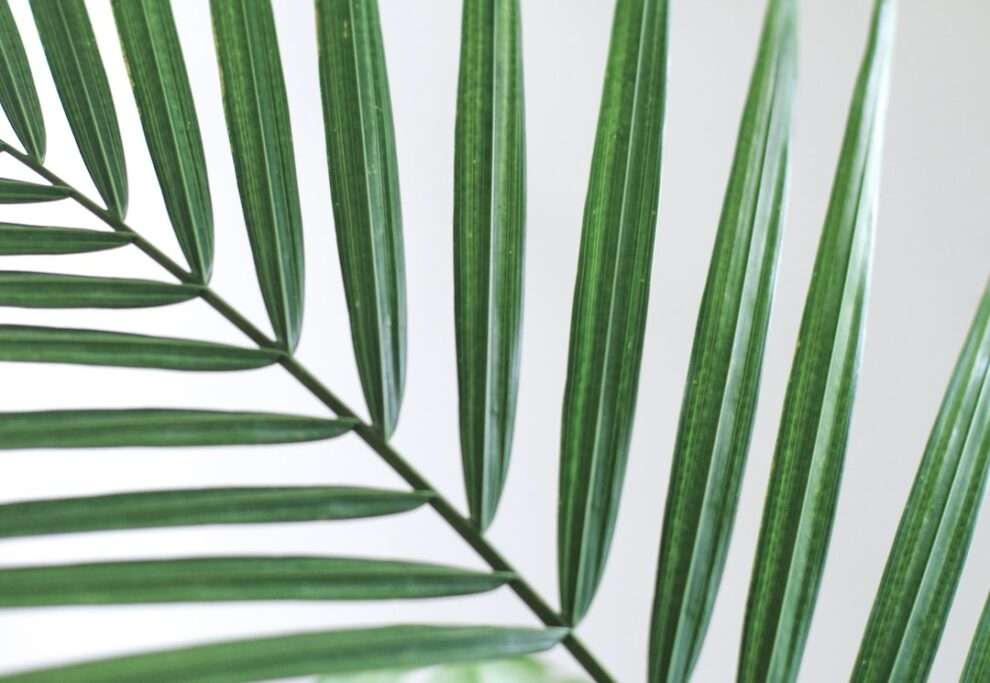
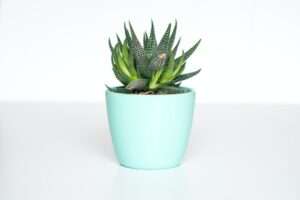
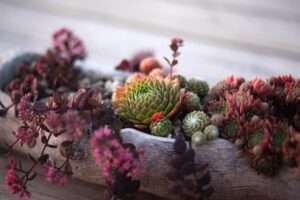




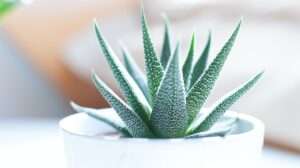
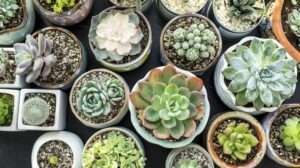
Add Comment